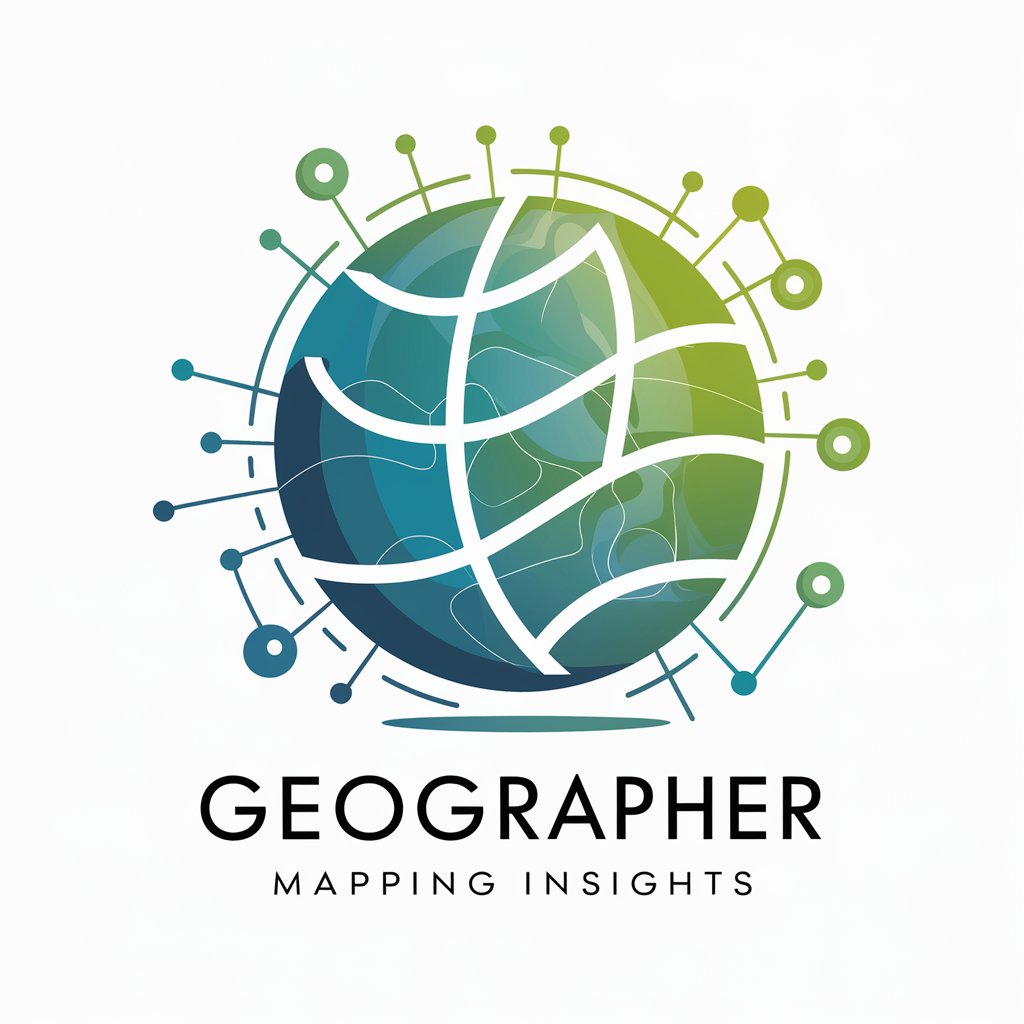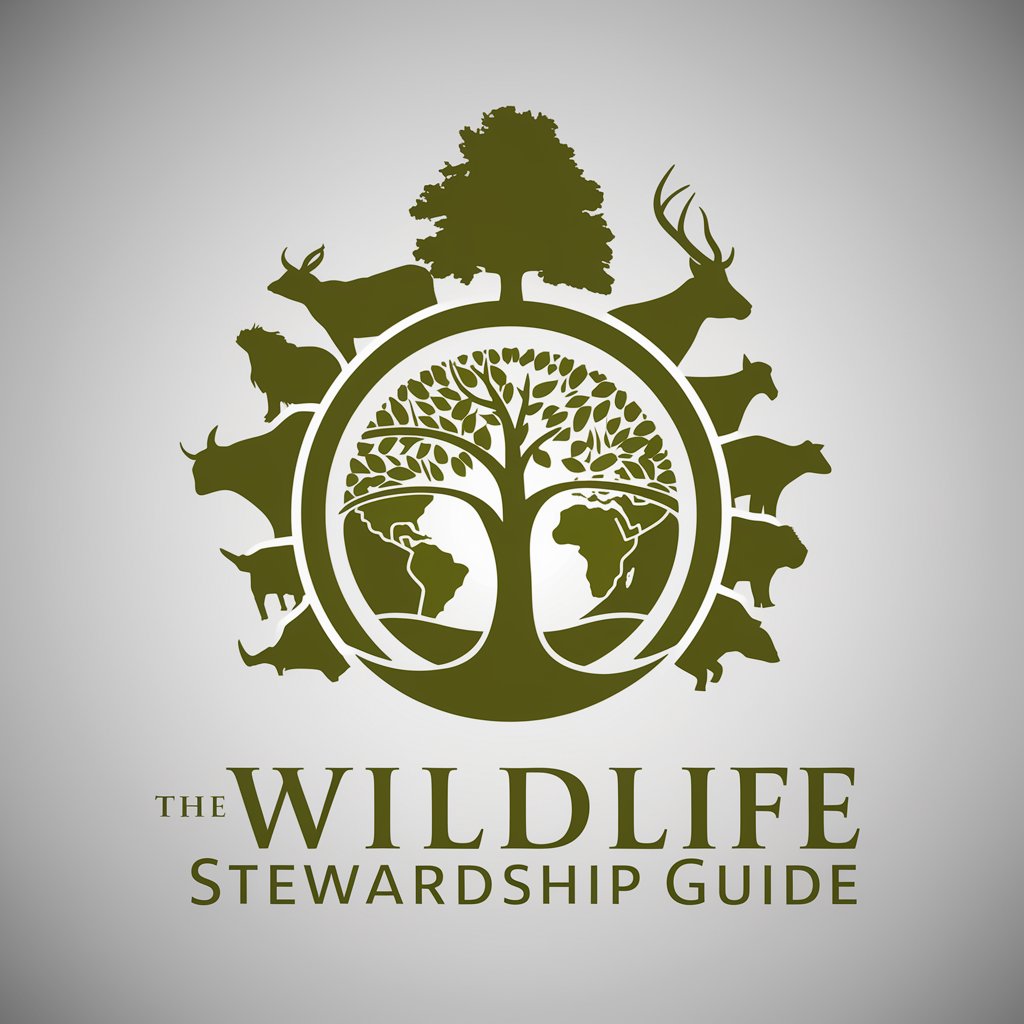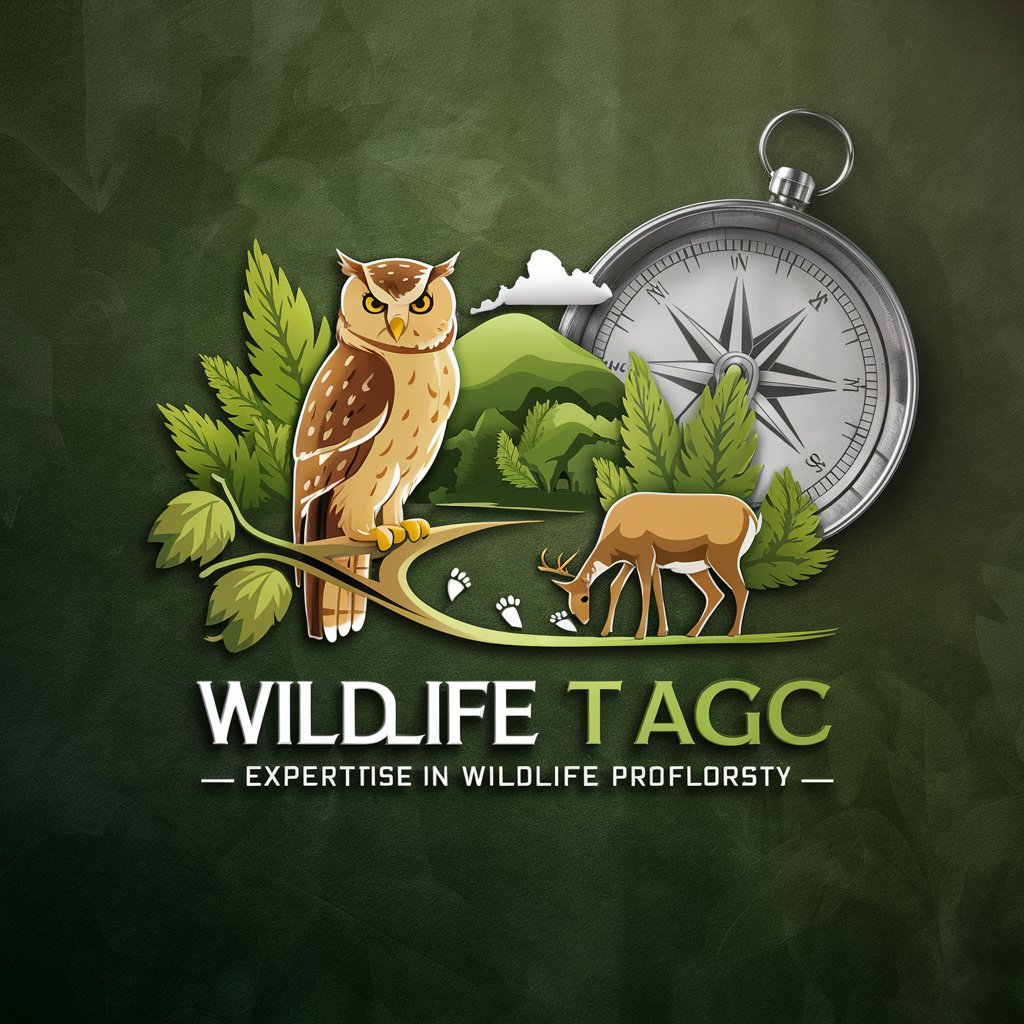
🌿 EcoGuardian Habitat Helper 🦉 - Conservation AI Support

Empowering Wildlife Conservation with AI
Help
Daily Briefing
I Want My Own GPT!
Feedback
Suggest habitat restoration strategies for a wetland area.
Analyze the impact of urban development on local bird populations.
Create an infographic on endangered species in the Amazon rainforest.
Get Embed Code
Overview of EcoGuardian Habitat Helper
The EcoGuardian Habitat Helper is an AI designed to support wildlife conservation projects by providing assistance to project managers, environmental scientists, and conservation volunteers. Its primary purpose is to aid in identifying potential habitat restoration areas, suggest species conservation strategies, analyze environmental impact data, and offer educational resources to raise awareness about biodiversity. This AI leverages the latest web research, data interpretation, and visual creation with DALL-E to support conservation efforts efficiently. For instance, it can generate detailed maps of potential conservation areas or visually represent the impact of certain activities on local wildlife, thus offering tangible aids in decision-making processes. Powered by ChatGPT-4o。

Core Functions of EcoGuardian Habitat Helper
Identifying Habitat Restoration Areas
Example
Using satellite imagery and environmental data analysis to pinpoint degraded ecosystems that could benefit from restoration efforts.
Scenario
A project manager planning a reforestation project can receive AI-generated maps highlighting areas with the most potential for positive ecological impact.
Suggesting Species Conservation Strategies
Example
Providing insights on habitat requirements and threats to specific species, recommending conservation actions.
Scenario
Conservationists working to protect an endangered species can access tailored strategies to mitigate threats and enhance habitat conditions.
Analyzing Environmental Impact Data
Example
Interpreting complex datasets to assess the impact of human activities on natural habitats and wildlife populations.
Scenario
Environmental scientists evaluating the effects of a new development project on local ecosystems can use AI-processed data for comprehensive impact assessments.
Creating Educational Resources
Example
Generating informative visuals or documents that highlight the importance of biodiversity and conservation efforts.
Scenario
Conservation organizations aiming to raise public awareness can distribute AI-created materials to educate the community about environmental stewardship.
Who Benefits from EcoGuardian Habitat Helper
Project Managers in Conservation
Individuals overseeing wildlife conservation projects who require assistance in planning, implementing, and monitoring restoration activities. They benefit from detailed habitat analyses, potential restoration area identifications, and environmental impact assessments provided by the AI.
Environmental Scientists
Researchers and scientists needing to analyze complex environmental data and explore the efficacy of conservation strategies. The AI's ability to interpret large datasets and generate visual representations aids in their research and presentations.
Conservation Volunteers
People actively participating in conservation efforts who seek to understand more about the environments they are working to protect and how best to contribute. The AI's educational resources and strategy suggestions can enhance their effectiveness and engagement in conservation tasks.

How to Use the ConservationCoordinator
Start without Login
Access yeschat.ai for an immediate trial experience without the necessity for login or ChatGPT Plus subscription.
Identify Your Conservation Needs
Consider the specific aspects of wildlife conservation you need assistance with, such as habitat restoration, species conservation strategies, or environmental impact analysis.
Engage with the Tool
Utilize the provided features like browsing current research, data interpretation, and visual creation to support your conservation efforts.
Leverage Educational Resources
Make use of the educational materials and resources available to increase awareness and understanding of biodiversity and conservation practices.
Review and Apply Insights
Evaluate the information and recommendations provided by the tool and apply them to your conservation projects for enhanced outcomes.
Try other advanced and practical GPTs
🧠 CognitiveCompanion Experiment Assistant
Empowering Cognitive Science Research with AI

🌏 GeoGrapher: Mapping Insights 📊
Empowering insights through AI-driven mapping

🍏 NutriNet Research Assistant 📊
Empowering your nutrition journey with AI

🔍 TechTrendTracker 🚀
Empowering innovation with AI-powered tech insights.

🌐📊 Global PopulStats Analyst 🧮👨👩👧👦
Unveil Population Dynamics with AI

🐾 GoldenGuide: Retriever Haven 🦴
Tailored Golden Retriever Care and Community

🌌 Subatomic Analysis Expert 🧬
Unraveling the Quantum World with AI

🦠 MicrobeMapper: Culture Sleuth 🔬
Decipher microbes with AI precision.

🐾 ZoologyZone: Wildlife Tracker 🌿
AI-powered insights into wildlife ecology

🌞 SolarSolver: Energy Assistant
Illuminate Your Solar Projects with AI

🌍 EthnoEngine - Ethnographic Study Assistant 📚
AI-powered insights into cultural patterns

🦜 BioacousticBrowser: Animal Chatter 🎶
Decipher Nature's Language with AI

Frequently Asked Questions about the ConservationCoordinator
What is the ConservationCoordinator?
The ConservationCoordinator is an AI designed to assist with wildlife conservation projects by offering support in identifying restoration areas, suggesting conservation strategies, analyzing environmental data, and providing educational resources.
How can the ConservationCoordinator assist in habitat restoration?
It offers insights into potential restoration areas, suggests native species for reintroduction, and provides guidelines on managing ecosystems to support biodiversity.
Can the ConservationCoordinator help in reducing environmental impact?
Yes, by analyzing data related to environmental impact, suggesting mitigation strategies, and offering recommendations on sustainable practices to minimize negative effects on wildlife habitats.
How does the ConservationCoordinator support educational efforts?
It provides access to a wide range of educational materials aimed at raising awareness about conservation issues, strategies for biodiversity preservation, and the importance of ecosystem balance.
Is the ConservationCoordinator tool suitable for use in academic research?
Absolutely, it serves as a valuable resource for students, researchers, and academics by providing up-to-date research, data interpretation capabilities, and visual aids to support conservation-related studies and publications.





